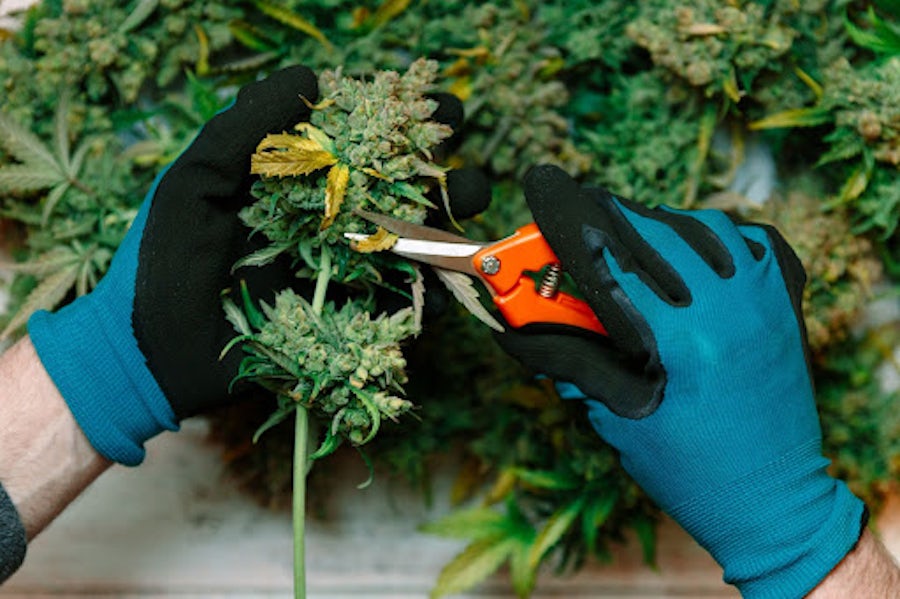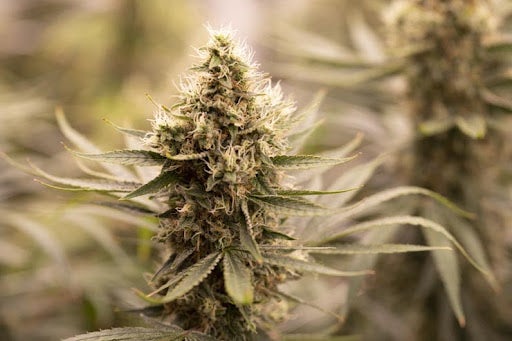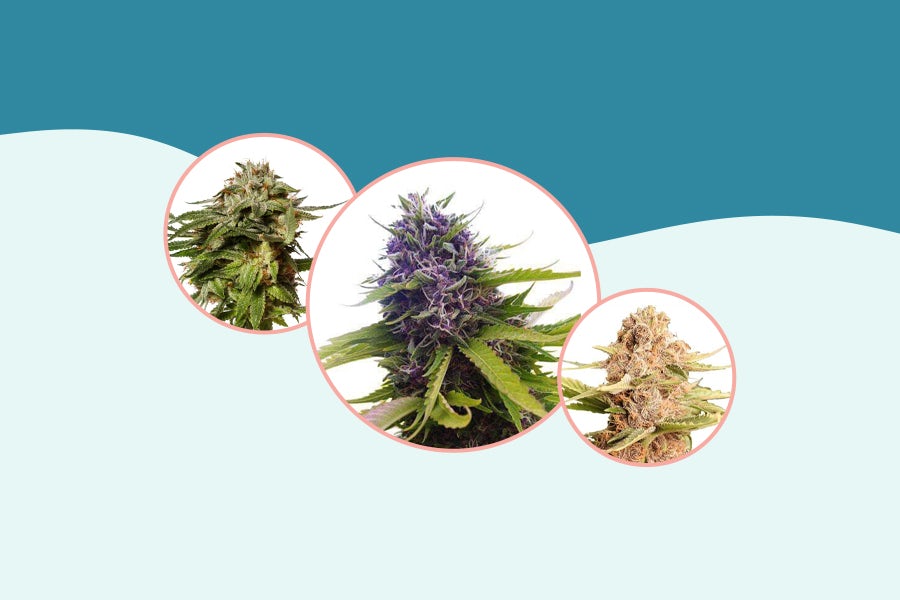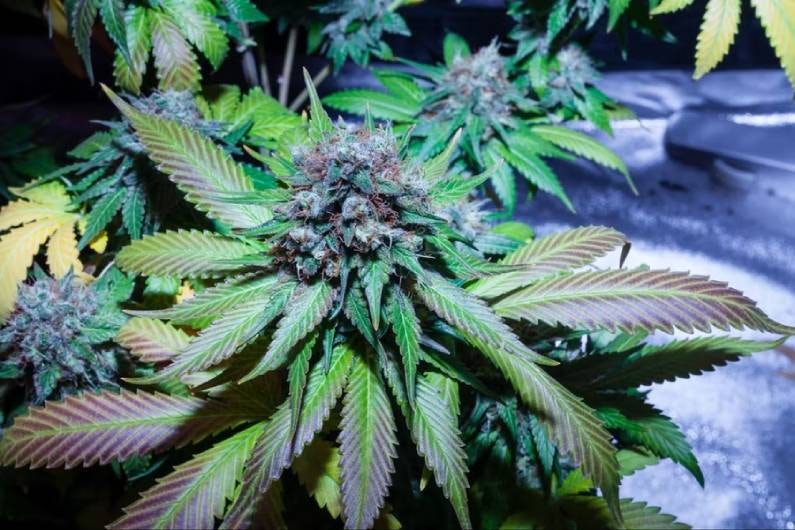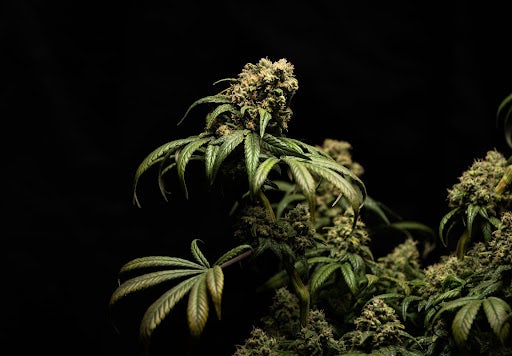Harvesting cannabis is simultaneously the most exciting and stressful time for growers. During this time cultivators might be thrilled to see the fruits of their labor, but many don’t know when’s the best time to break out the scissors.
But before you rush to the finish line, make sure you know the basics of cannabis cultivation for beginners.
So, how long does marijuana take to grow?
To know when to harvest cannabis, you should have a basic understanding of the plant’s life cycle. While your calendar can never tell you when to harvest weed, this basic schedule should help you assess the proper time to consider snipping your nugs.
Generally you can follow these simple rules:
- feminized cannabis seeds take four to eight months to reach maturity 1
- sativa-heavy strains generally take longer to flower versus indicas 2
Note that these rules don’t apply to autoflowering hybrids. Instead of following a photoperiod schedule, autos mature at a pre-set rate. Also, autoflowering strains take much less time than regular marijuana hybrids. You should expect autoflowering seeds to reach full flowering within just eight or nine weeks. Remember that every cannabis strain has a unique growth pattern. It’s a good idea to look up data specific to your strain on reputable cannabis forums. This tailored info should give you a more precise estimate on when to harvest cannabis.
How can you tell when cannabis is ready for harvest?
There are many red flags that your weed is reaching peak “harvestability,” but here are the crucial features to add to your watchlist:
- most trichomes are opaque and bright white
- pistils are brown and orange
- fan leaves start curling at the ends
- more fan leaves are yellow or brown
- fan leaves start falling off
- buds are thick and dense
When’s the optimal time to harvest cannabis buds?

Most cannabis cultivators determine whether their plant is ready for harvest by carefully examining the trichomes. Use either a jeweler’s loupe or a high-powered microscope to get a good look at the color of these mushroom-like outgrowths on your plant’s buds.
Ideally, most of your trichomes should have a milky white color. When trichomes transition from see-through to pale white, that means they have the highest concentration of cannabinoids.
Generally, it’s best to wait until all trichomes are white or amber. For the highest possible THC percentage, most growers strive for at least a 70/30 ratio of white-to-amber trichomes.
What happens if you harvest cannabis too early?
To be frank, nobody likes under-ripe buds. Even if a toker is desperate for a “high,” most would prefer re-smoking gunk in their bongs or pipes than grinding early harvested nugs.
Why are cannasseurs so against “premature pot?” Simple answer: under-ripe buds have not yet reached maximum potency.
It takes time for flowering plants’ trichomes to fill with cannabinoids like THC. If you snip these plants when most trichomes are clear, that means they will have a lower cannabinoid concentration and a weaker intensity. 3 4
While it’s not “bad” to harvest cannabis too early, you probably won’t experience any of this plant’s high-inducing properties. Since most people grow cannabis for its therapeutic effects, it pays to wait a little longer until those trichomes have plenty of THC.
Is it possible to harvest cannabis too late?
Interestingly, many cannabis fans believe it’s better to harvest too late rather than too early. Unlike under-ripe buds, overripe trichomes are more likely to induce a “high.” However, the type of “high” you get with late-harvested weed isn’t the same as cannabis with mostly white trichomes.
As cannabis ages, the THC in trichomes begins to oxidize. 5
Interestingly, these old THC molecules transform into a novel cannabinoid known as CBN. So, if most of the trichomes on your weed are amber or orange, there’s a good chance they have heavy CBN concentrations.
What does CBN do? Well, there are a lot of unproven theories floating around about this cannabinoid. Unquestionably, sedation is the most common effect associated with CBN. People who smoke overripe buds often claim they have a profound “body-heavy” sensation. 6
Unfortunately, we can’t prove CBN is beneficial for people who want a sleepy-time high. Many people with insomnia deliberately harvest cannabis late to take advantage of CBN, but the jury’s still out on this cannabinoid’s benefits.
If you’re curious about how CBN will affect you, then it might be worthwhile experimenting with late-harvested buds.
What equipment is essential for harvesting marijuana?
A sharp pair of sanitized scissors is a must when harvesting marijuana. You should also pick up some plastic gloves. In addition to preventing sticky fingers, gloves prevent transferring any grime, germs, or oil from your nails into your nugs.
Home-growers should also invest in a jeweler’s loupe with at least 30-times magnification. These handheld devices may be low-tech, but they can give you a good read on your cannabis plant’s trichomes during late flowering.
If you have money to invest, you could consider buying a high-powered microscope. However, you don’t need above 100-times magnification to scan your plant’s trichomes.
How to harvest marijuana: a step-by-step guide
So, you’ve determined it’s time to harvest your marijuana plant. Now what?
Although every cultivator has unique tips and tricks for harvesting cannabis, here’s a straightforward guide:
- sanitize a sharp pair of scissors with isopropyl alcohol and wipe with a clean paper towel
- put on a pair of gloves
- cut branches, starting with the largest ones on your plant’s main stem
- snip away all fan leaves and throw them away
- trim sugar leaves and keep them if you want the additional cannabinoids
- hang your cannabis branches in a room with a temp of 65 -75° F and 45 – 50 percent humidity for drying
Slow and steady wins the (cannabis growing) race
No matter how much you’re craving cannabis, you need to exercise patience during the harvesting phase. Far too often, novice cannabis growers snip their weed too early and end up with less-than-ideal nugs.
Throughout the flowering stage, please keep your chosen strain’s average timeline in mind. Also, be sure to take extra care examining the trichomes on your cannabis buds. The colors on these trichomes should give you the “green light” to start snipping your branches.
Sources
- Adhikary, D., Kulkarni, M., El-Mezawy, A., Mobini, S., Elhiti, M., Gjuric, R., Ray, A., Polowick, P., Slaski, J. J., Jones, M. P., & Bhowmik, P. (2021). Medical Cannabis and Industrial Hemp Tissue Culture: Present Status and Future Potential. Frontiers in plant science, 12, 627240. https://doi.org/10.3389/fpls.2021.627240
- McPartland, J. M., & Small, E. (2020). A classification of endangered high-THC cannabis (Cannabis sativa subsp. indica) domesticates and their wild relatives. PhytoKeys, 144, 81–112. https://doi.org/10.3897/phytokeys.144.46700
- Livingston SJ, Quilichini TD, Booth JK, Wong DCJ, Rensing KH, Laflamme-Yonkman J, Castellarin SD, Bohlmann J, Page JE, Samuels AL. Cannabis glandular trichomes alter morphology and metabolite content during flower maturation. Plant J. 2020 Jan;101(1):37-56. doi: 10.1111/tpj.14516. Epub 2019 Oct 12. PMID: 31469934.
- Chandra, S., Lata, H., & ElSohly, M. A. (2020). Propagation of Cannabis for Clinical Research: An Approach Towards a Modern Herbal Medicinal Products Development. Frontiers in plant science, 11, 958. https://doi.org/10.3389/fpls.2020.00958
- Milay, L., Berman, P., Shapira, A., Guberman, O., & Meiri, D. (2020). Metabolic Profiling of Cannabis Secondary Metabolites for Evaluation of Optimal Postharvest Storage Conditions. Frontiers in plant science, 11, 583605. https://doi.org/10.3389/fpls.2020.583605
- Corroon J. (2021). Cannabinol and Sleep: Separating Fact from Fiction. Cannabis and cannabinoid research, 6(5), 366–371. https://doi.org/10.1089/can.2021.0006
Sign up for bi-weekly updates, packed full of cannabis education, recipes, and tips. Your inbox will love it.

 Shop
Shop Support
Support